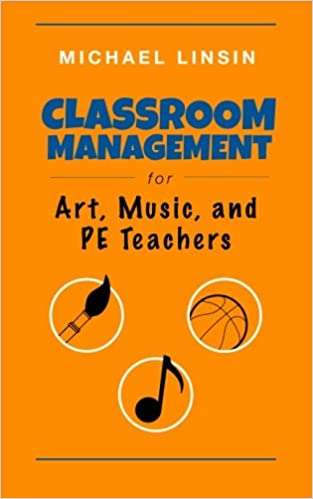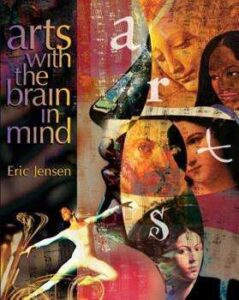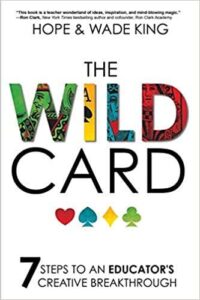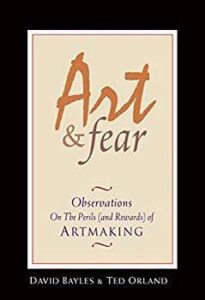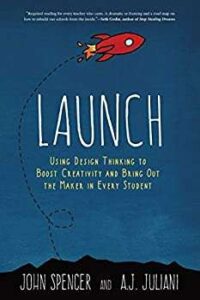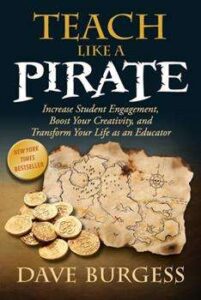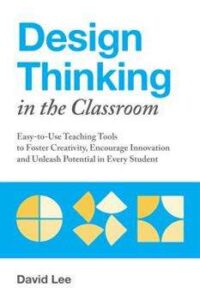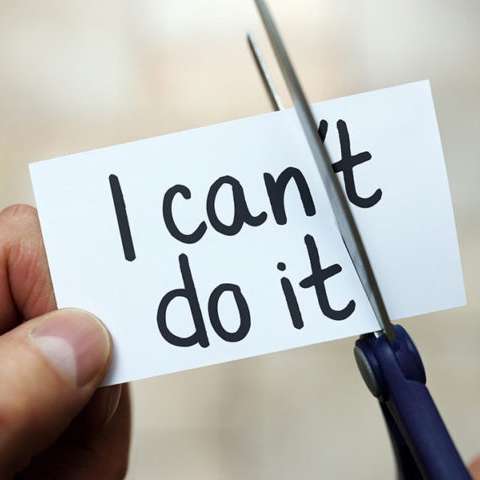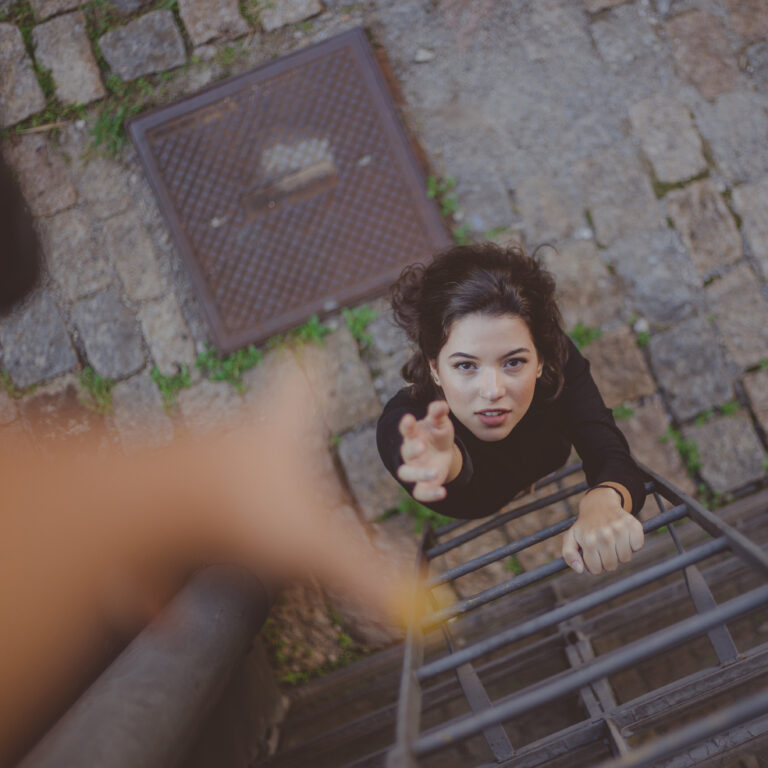Book: Classroom Management for Art, Music, and PE Teachers
Author: Michael Linsin
Summary: Teaching 400-600 students every week presents the ultimate classroom management challenge, one that if you’re unprepared for can bury you in a mountain of stress and misbehavior. Classroom Management for Art, Music, and PE Teachers is a proven solution that will transform even the most difficult group of students into the peaceful, well-behaved class you really want. It provides the tools, tips, and strategies you need to simply and effectively manage any classroom, no matter how unruly or out of control, so you can focus on teaching, inspiring, and making an impact that lasts a lifetime.
Book: A Whole New Mind: Why Right-Brainers Will Rule the Future
Author: Daniel H. Pink
Summary: The future belongs to a different kind of person with a different kind of mind: artists, inventors, storytellers-creative and holistic “right-brain” thinkers whose abilities mark the fault line between who gets ahead and who doesn’t. Drawing on research from around the world, Pink (author of To Sell Is Human: The Surprising Truth About Motivating Others) outlines the six fundamentally human abilities that are absolute essentials for professional success and personal fulfillment–and reveals how to master them. A Whole New Mind takes readers to a daring new place, and a provocative and necessary new way of thinking about a future that’s already here.
Book: An Ethic of Excellence: Building a Culture of Craftsmanship with Students
Author: Ron Berger
Summary: Drawing from his own remarkable experience as a veteran classroom teacher (still in the classroom), Ron Berger gives us a vision of educational reform that transcends standards, curriculum, and instructional strategies. He argues for a paradigm shift – a schoolwide embrace of an “ethic of excellence.” A master carpenter as well as a gifted teacher, Berger is guided by a craftsman’s passion for quality, describing what’s possible when teachers, students, and parents commit to nothing less than the best. But Berger’s not just idealistic, he’s realistic – he tells exactly how this can be done, from the blackboard to the blacktop to the school boardroom.
Book: Studio Thinking 2: The Real Benefits of Visual Arts Education
Author: Ellen Winner
Synopsis: The first edition of this book was featured in The New York Times and The Boston Globe for its groundbreaking research on the positive effects of art education on student learning across the curriculum. The second edition, Studio Thinking 2, will help art teachers develop and refine their teaching and assessment practices, assist educators in other disciplines to learn from existing practices in arts education, and help advocates explain arts education to policymakers.
Book: Arts with the Brain in Mind
Author: Eric Jensen
Summary: How do the arts stack up as a major discipline? What is their effect on the brain, learning, and human development? How might schools best implement and assess an arts program? Eric Jensen answers these questions and more in this book.
To push for higher standards of learning, many policymakers are eliminating arts programs. To Jensen, that’s a mistake.
This book presents the definitive case, based on what we know about the brain and learning, for making arts a core part of the basic curriculum and thoughtfully integrating them into every subject. Separate chapters address musical, visual, and kinesthetic arts in ways that reveal their influence on learning.
Book: The Wild Card: 7 Steps to an Educator’s Creative Breakthrough
Author: Hope King, Wade King
Synopsis: Experience a Creative Breakthrough in Your Classroom Have you ever wished you were more creative… or that your students were more engaged in your lessons? The Wild Card is your step-by-step guide to experiencing a creative breakthrough in your classroom with your students. Even if you’ve never painted a portrait or written a poem, you can create unforgettable lessons that help your learners retain content. In this book, Wade and Hope King show you how to draw on your authentic self—your past experiences, personality quirks, interests, hobbies, and strengths—to deliver your content creatively. The seven steps in The Wild Card will give you the knowledge and the confidence to bring creative teaching strategies into your classroom. You’ll learn… Why the deck is not stacked against you, no matter what kind of hand you’ve been dealt Why you should never listen to the Joker How to identify the “Ace up your sleeve” and use it to create classroom magic How to apply the “Rules of Rigor” in order to fuse creativity with learning How to become the Wild Card that changes the game for your students
Book: Art & Fear: Observations on the Perils (and Rewards) of Artmaking
Author: David Bayles, Ted Orland
Synopsis: This is a book about making art. Ordinary art. Ordinary art means something like: all art not made by Mozart. After all, art is rarely made by Mozart-like people; essentially–statistically speaking–there aren’t any people like that. Geniuses get made once-a-century or so, yet good art gets made all the time, so to equate the making of art with the workings of genius removes this intimately human activity to a strangely unreachable and unknowable place. For all practical purposes making art can be examined in great detail without ever getting entangled in the very remote problems of genius.
Book: Using Design Thinking to Boost Creativity and Bring Out the Maker in Every Student
Author: John Spencer, A J Juliani
Synopsis: Something happens in students when they define themselves as makers and inventors and creators. They discover powerful skills—problem-solving, critical thinking, and imagination—that will help them shape the world’s future … our future. If that’s true, why isn’t creativity a priority in more schools today? Educators John Spencer and A.J. Juliani know firsthand the challenges teachers face every day: School can be busy. Materials can be scarce. The creative process can seem confusing. Curriculum requirements can feel limiting. Those challenges too often bully creativity, pushing it to the side as an “enrichment activity” that gets put off or squeezed into the tiniest time block. We can do better. We must do better if we’re going to prepare students for their future. LAUNCH: Using Design Thinking to Boost Creativity and Bring Out the Maker in Every Student provides a process that can be incorporated into every class at every grade level … even if you don’t consider yourself a “creative teacher.” And if you dare to innovate and view creativity as an essential skill, you will empower your students to change the world—starting right now. Look, Listen, and Learn Ask Lots of Questions Understand the Problem or Process Navigate Ideas Create Highlight What’s Working and Failing Are you ready to LAUNCH?
Book: Teach Like a PIRATE: Increase Student Engagement, Boost Your Creativity, and Transform Your Life as an Educator
Author: Dave Burgess
Synopsis: Based on Dave Burgess’s popular “Teach Like a PIRATE” seminars, this book offers inspiration, practical techniques, and innovative ideas that will help you to increase student engagement, boost your creativity, and transform your life as an educator. You’ll learn how to: • Tap into and dramatically increase your passion as a teacher • Develop outrageously engaging lessons that draw students in like a magnet • Establish rapport and a sense of camaraderie in your classroom • Transform your class into a life-changing experience for your students This groundbreaking inspirational manifesto contains over 30 hooks specially designed to captivate your class and 170 brainstorming questions that will skyrocket your creativity. Once you learn the Teach Like a PIRATE system, you’ll never look at your role as an educator the same again.
Book: Design Thinking in the Classroom: Easy-to-Use Teaching Tools to Foster Creativity, Encourage Innovation, and Unleash Potential in Every Student
Author: David Lee
Synopsis: Whether your students are tackling project-based learning or developing solutions in the STEM maker lab, design thinking will help them be more innovative. The design-thinking process, practices and mindsets teach 21st-century skills such as adaptability, collaboration and critical thinking.The design thinking program described in this book helps develop students’ mindsets in a way that is more conducive to producing innovative solutions. It allows students to apply their creativity to tackle real-world issues and achieve better results through the use of its five learning phases:
• Empathize
• Define
• Ideate
• Prototype
• Test

